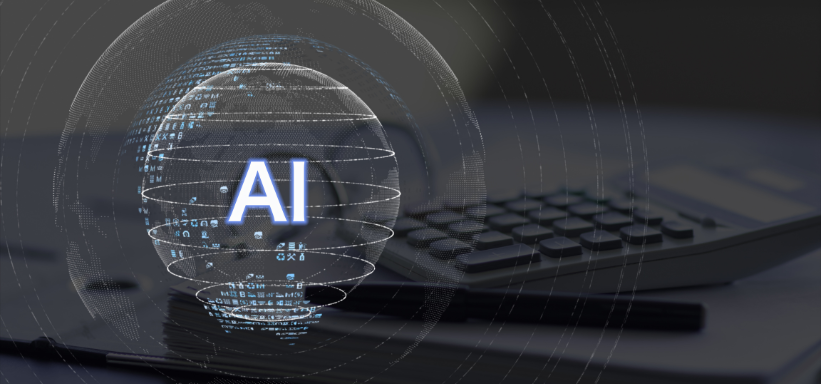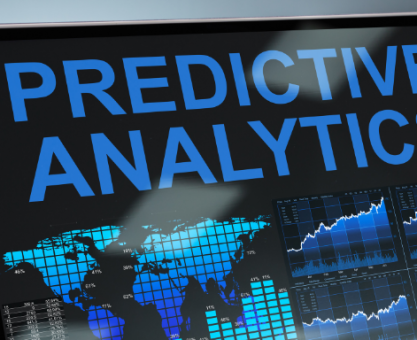Executive Summary
-
Artificial Intelligence (AI) is revolutionizing the way trade market trends are analyzed and predicted.
-
Predictive analytics powered by AI can offer businesses a competitive edge by more accurately forecasting market demands.
-
Understanding AI’s role in trade can help investors, traders, and policymakers make informed decisions.
-
Challenges such as data privacy and technological limitations must be addressed for optimal AI integration.
Introduction
In today’s fast-paced global economy, staying ahead of market trends is crucial for businesses and investors alike. Traditional methods of predicting trade market trends often fall short due to their inability to process vast amounts of data quickly and accurately. Enter Artificial Intelligence (AI) – a game-changer that is transforming the landscape of international trade. This article delves into how AI is used to predict market trends, why it matters to stakeholders, and what potential challenges come with its adoption.
Main Body
Definitions / Context
AI refers to the simulation of human intelligence processes by machines, especially computer systems. In the context of trade, AI systems can analyze big data to identify patterns, make predictions, and automate decision-making processes. Predictive analytics, a subset of AI, involves using statistical algorithms and machine learning techniques to forecast future outcomes based on historical data.
Benefits / Pros
-
Enhanced Forecast Accuracy: AI algorithms can process and analyze data at a scale and speed unmatched by humans, leading to more accurate predictions.
-
Real-Time Data Processing: AI can handle real-time data streams, allowing businesses to react swiftly to market changes.
-
Cost Efficiency: By automating data analysis, AI reduces the need for extensive human resources, thereby lowering operational costs.
-
Improved Risk Management: Predictive models can help identify potential risks before they manifest, enabling proactive strategies.
Risks / Cons / Challenges
-
Data Privacy Concerns: The use of vast amounts of data raises significant privacy issues that need to be managed carefully.
-
Technological Limitations: AI systems require substantial computational power and sophisticated algorithms to function effectively.
-
Dependence on Data Quality: AI’s accuracy is highly dependent on the quality and relevance of data fed into the system.
-
Regulatory Hurdles: Varying international regulations can complicate the deployment of AI solutions across different markets.
Step-by-Step Process: Implementing AI for Market Trend Prediction
-
Data Collection: Gather extensive historical and real-time data relevant to your market.
-
Algorithm Selection: Choose suitable AI algorithms that match the complexity of your data and prediction needs.
-
Model Training: Train AI models using historical data to recognize patterns and make predictions.
-
Integration and Testing: Integrate AI models into your existing systems and conduct thorough testing.
-
Monitoring and Optimization: Continuously monitor model performance and refine algorithms for improved accuracy.
A global retail company implemented AI-driven predictive analytics to optimize their supply chain. By analyzing market trends and consumer behavior data, the company reduced inventory costs by 20% and improved delivery times, thereby gaining a competitive advantage in the market.
Expert Tips / Strategic Insights
-
According to Epiidosis, businesses should start small by integrating AI into specific areas before scaling up.
-
Stay updated with the latest AI technologies and trends to keep your predictive models relevant.
-
Collaborate with AI specialists to tailor solutions that fit your specific business needs and regulatory environment.
Tools / Resources
-
Google AI Tools: Offers a suite of AI and machine learning tools for businesses.
-
IBM Watson: Provides AI-driven insights and analytics solutions.
-
TensorFlow: An open-source platform for machine learning that can be used for creating predictive models.
Conclusion
AI is proving to be an invaluable tool in predicting trade market trends, offering businesses enhanced accuracy, efficiency, and risk management. However, it is important to address challenges such as data privacy and technological limitations to fully harness AI’s potential. Stakeholders in the global trade market should consider integrating AI solutions to gain a strategic advantage in decision-making.






















